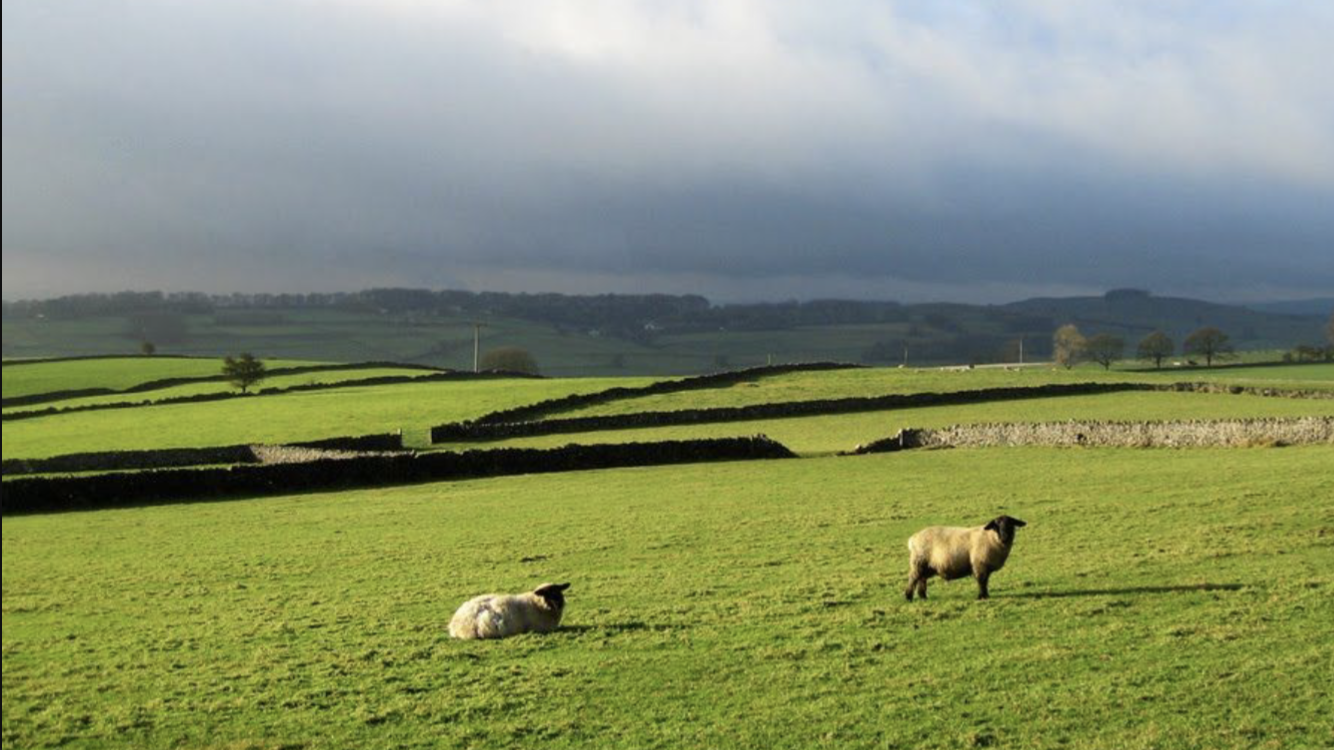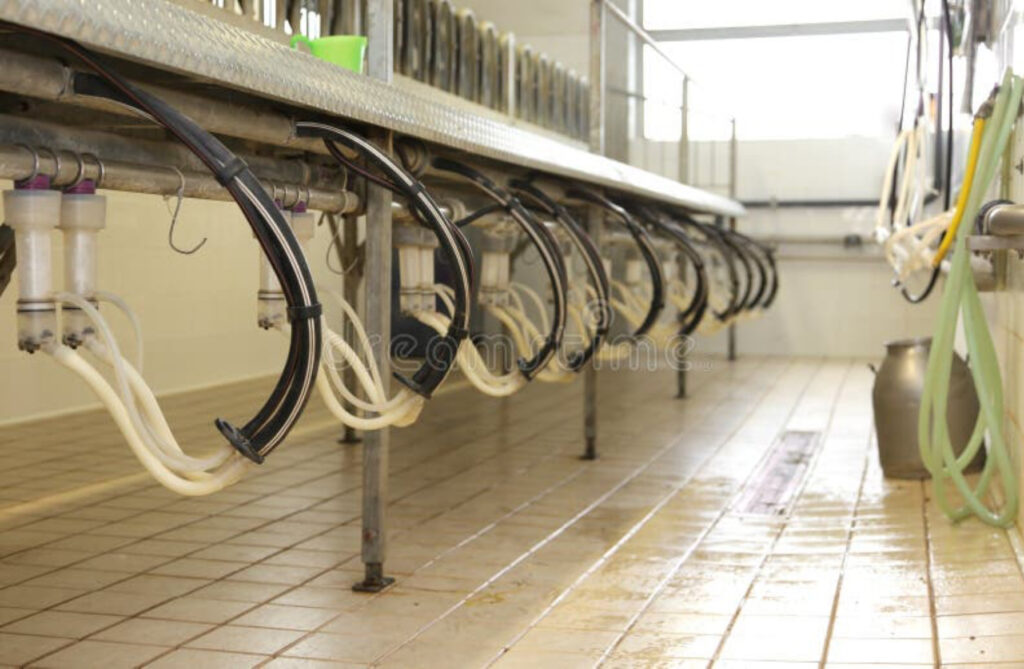Address
Chapel en le Frith, High Peak, Derbyshire
Work Hours
Monday to Friday: 9AM - 7PM
Weekend: 10AM - 5PM


Milking and Milk Handling – Best Practices for Quality and Hygiene
Part 4
Milking and milk handling are the cornerstones of dairy sheep farming, requiring careful attention to ensure high-quality milk and the health of your flock. The process begins with getting your sheep into lactation, which is naturally initiated by breeding. To maintain a steady milk supply throughout the year, you can stagger breeding, dividing your flock into two groups: one bred in spring and the other in autumn. This approach creates a continuous production cycle, ensuring milk is available year-round.
Once lambing occurs, ewes will naturally begin producing milk. In the first few weeks, lambs typically consume all of their mother’s milk, which is vital for their growth and development. During this period, you may need to supplement lambs with milk replacer if their mothers are unable to produce enough. Once lambs are weaned—generally at around six to eight weeks—you can begin milking the ewes regularly.
Establishing a consistent milking routine is critical for both milk yield and the health of the sheep. Dairy ewes are typically milked twice a day, though once-a-day milking can be introduced later in the lactation period if yields decrease. Always milk at the same times each day to maintain a steady rhythm, as this reduces stress for the sheep and optimizes milk production.
Before milking, ensure that the udders and teats are clean. This can be done by wiping them with warm water and a clean cloth or using a gentle disinfectant solution to remove dirt and bacteria. Milking machines should also be cleaned and sanitized before and after each use to maintain hygiene and prevent contamination. Hand milking is an option, particularly for small-scale operations, but it requires skill and patience to ensure efficiency and comfort for the ewe.
Milk quality depends not only on hygiene but also on proper handling and storage. Freshly collected milk should be cooled to below 4°C as quickly as possible to preserve its quality. Use refrigerated tanks or portable milk coolers to achieve this, and always store milk in clean, food-grade containers. Adhering to these standards helps maintain the flavor and safety of the milk, whether it’s sold fresh or processed into dairy products.
The staggered breeding system ensures year-round milk production but requires careful planning and record-keeping. Each group of ewes will have different feeding, health, and breeding schedules, which must be managed to avoid overlaps or gaps in production. It also allows you to balance workloads, as you will have fewer ewes lambing and lactating at any given time, rather than the entire flock at once.
The welfare of your sheep should always be a top priority during the milking process. Observe your ewes closely for signs of mastitis, a common udder infection that can impact both their health and milk quality. Regular checks and prompt treatment are essential to preventing the spread of this condition.
By following best practices in milking and milk handling, you can achieve high standards of milk quality while ensuring the health and productivity of your flock. Whether supplying fresh milk or processing it into cheese or yogurt, these methods form the foundation of a successful dairy sheep operation.
Coming Next:
Part 5: Health and Welfare – Common Issues and How to Manage Them. https://derbyshirefarmers.com/dairy-sheep-health-and-welfare/